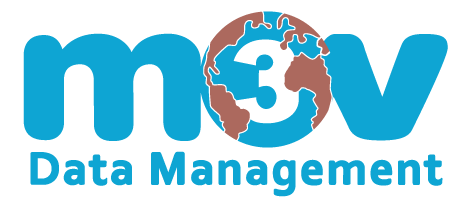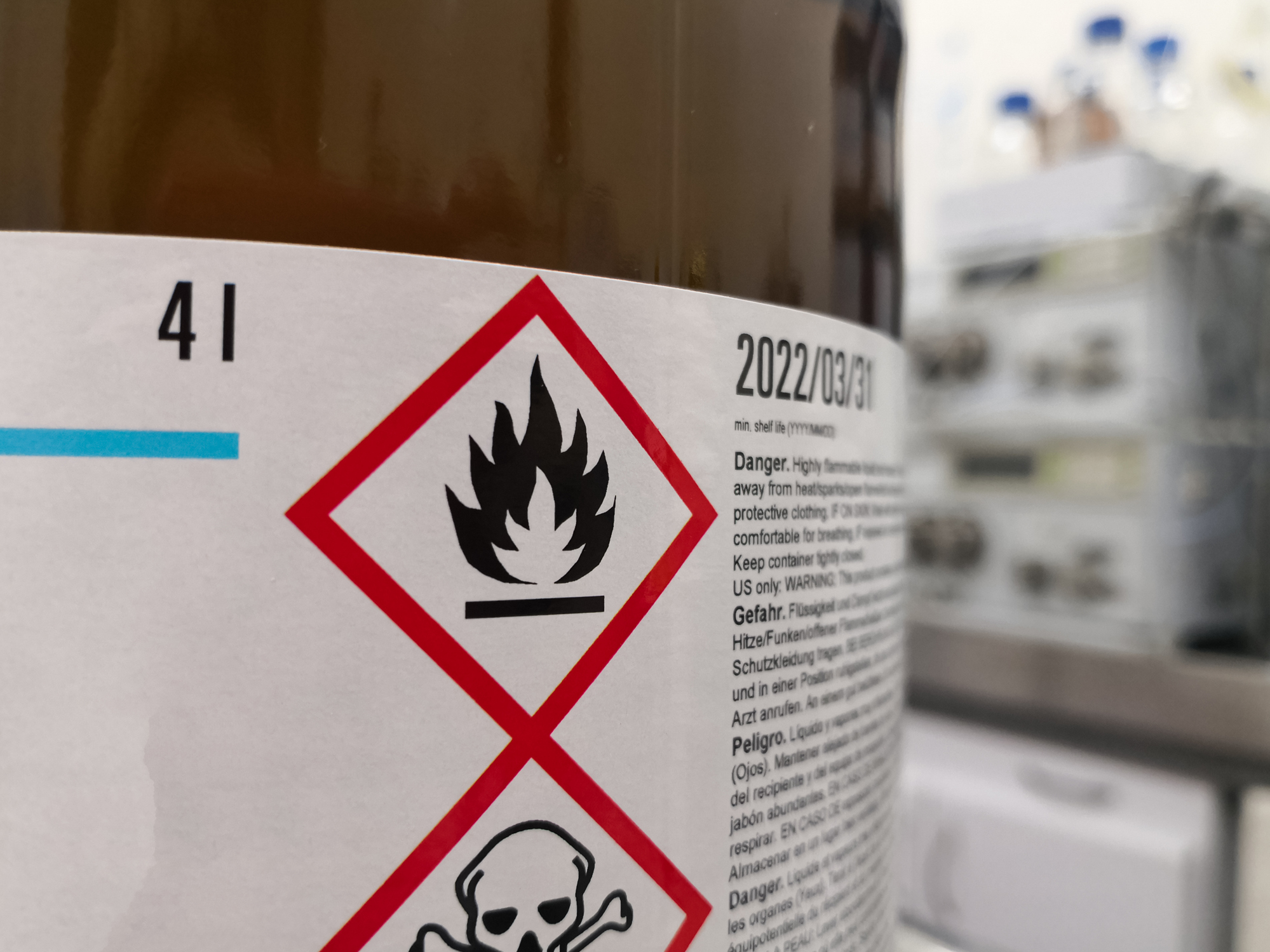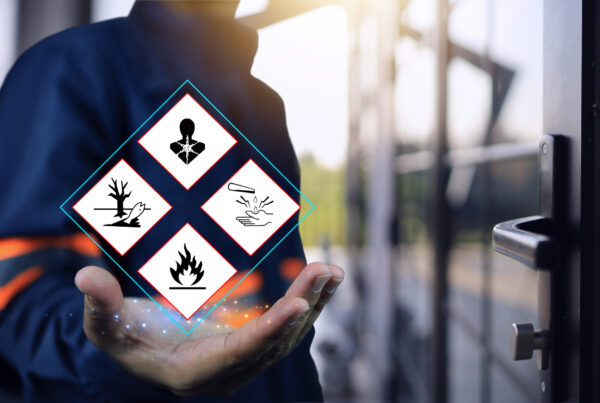GHS Labels 101: GHS labels and hazard pictograms are universal safety tools that pair clear visuals with specific signal words and hazard statements. Together, they help workers instantly recognize chemical dangers and take the right safety precautions.
Chemical safety depends on clear communication. The Globally Harmonized System (GHS), created by the United Nations, replaced inconsistent national rules with one global standard—making it easier for workers everywhere to recognize hazards at a glance.
For industries like manufacturing, healthcare, education, and the public sector, GHS labels aren’t just a regulatory box to check—they’re a frontline defense for protecting people. The system blends instantly recognizable pictograms with concise text elements such as signal words and precautionary statements, delivering a complete, easy-to-understand safety message. This guide breaks down the essential parts of a GHS label so you can meet OSHA standards and keep your workplace safe.

Understanding GHS Label Components
Every GHS-compliant label contains six required elements:
Product identifier – Chemical substance name and trade names for precise identification during emergencies.
Signal words – “Danger” for severe hazards, “Warning” for less severe risks.
GHS pictograms – Nine standardized black symbols on white backgrounds with red diamond borders:
- Flame – for flammable gases, liquids, and solids
- Exploding bomb – for explosive substances and unstable materials
- Skull and crossbones – for acute toxicity that can cause immediate harm
- Health hazard – for substances causing serious adverse effects like cancer
- Corrosion – for materials that can destroy skin, eyes, or metals
- Gas cylinder – for gases under pressure
- Exclamation mark – for irritants and less severe health hazards
- Environment – for environmental hazards affecting aquatic life
- Flame over circle – for oxidizing materials that can intensify fires
Hazard statements – Standardized phrases describing specific risks like “Highly flammable liquid and vapor.”
Precautionary statements – Safety instructions for handling, emergency response, storage, and disposal.
Supplier identification – Manufacturer/distributor contact information for questions or emergencies.
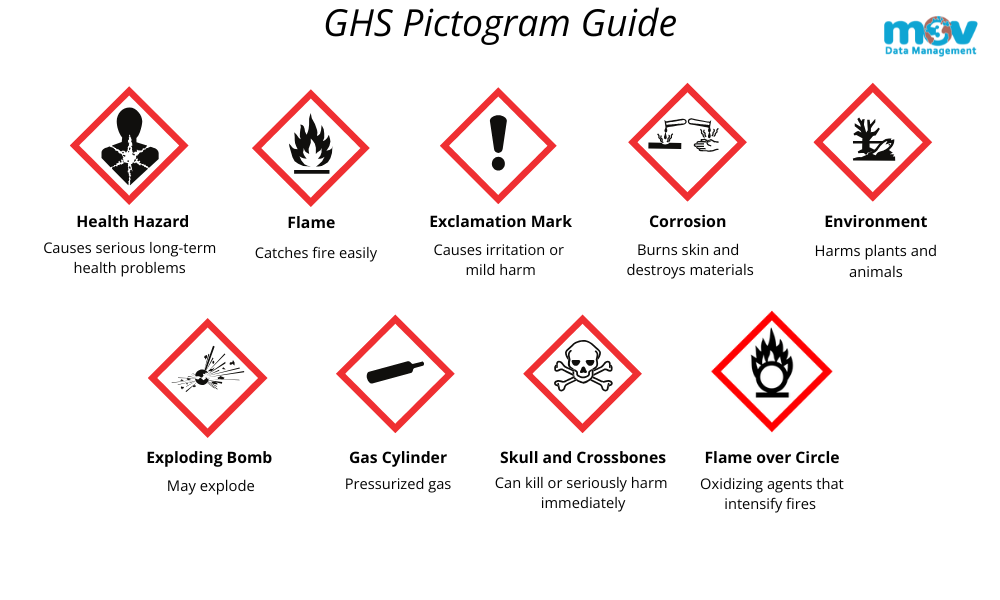
Decoding GHS Pictograms and Hazard Classification
GHS pictograms serve as universal visual alerts on hazardous chemical labels that quickly communicate specific types of chemical hazards. These black symbols on white backgrounds, framed by red diamond borders, appear on container labels worldwide.
The Health Hazard pictogram, showing a human silhouette with a starburst on the chest, warns of serious long-term health hazards. This includes carcinogens, respiratory sensitizers, and substances that affect specific organs through repeated exposure. When you see this hazard pictogram, additional protective measures and careful handling procedures become essential.
The Flame pictogram indicates flammable gases, liquids, and solids that can ignite easily. You’ll find this GHS hazard pictogram on chemical products like aerosol sprays, cleaning solvents, and industrial chemicals. Proper storage away from heat sources and ignition risks becomes critical for these materials.
The Flame Over Circle identifies strong oxidizers that can intensify fires by providing oxygen to combustion reactions. These substances don’t burn themselves but can cause other materials to burn more rapidly and intensely. Common oxidizers include hydrogen peroxide, chlorine bleach, and various metal oxides. Keep these materials away from flammable materials and reducing agents, as the combination can create dangerous fire or explosion risks.
The Exclamation Mark alerts workers to irritants and substances with less severe hazard classifications. This GHS label appears on hazardous products that may cause skin irritation, dizziness, or allergic reactions. While less severe than other classifications, these still require careful handling procedures and appropriate protective equipment.
A Gas Cylinder symbol marks containers holding compressed, liquefied, or dissolved gases under pressure. These chemical containers require special storage conditions and handling procedures to prevent physical hazards from sudden pressure release.
The Corrosion pictogram, showing test tubes dripping liquid onto materials, indicates substances that can destroy metals or cause severe skin burns and eye damage. Strong acids and bases commonly found in chemical substances carry this warning, requiring specialized protective equipment and emergency response procedures.
An Exploding Bomb warns of unstable explosives or chemicals that may explode when heated, shocked, or subjected to friction. The Flame Over Circle identifies strong oxidizers that can intensify fires by providing oxygen to combustion reactions.
The Environment symbol, featuring a dead tree and fish, marks environmental hazards that are harmful to aquatic life and ecosystems. Proper disposal becomes crucial for these chemical substances to prevent environmental contamination.
The Skull and Crossbones represents acute toxicity—substances that can cause immediate and severe harm through oral contact, skin absorption, or inhalation exposure. This GHS hazard pictogram demands the highest level of caution, proper protective equipment, and immediate access to emergency response procedures.
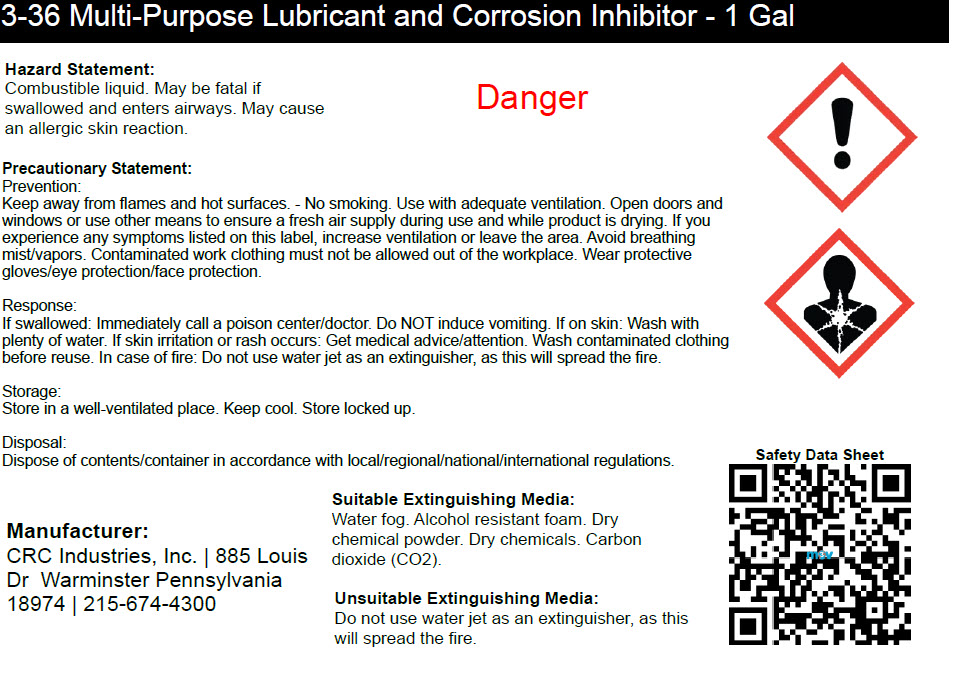
Practical Application and Compliance
Proper GHS label implementation directly impacts occupational safety and regulatory compliance across your organization. Understanding practical requirements helps EH&S professionals maintain effective chemical safety programs while meeting OSHA’s Hazard Communication Standard.
Label Placement and Requirements
Hazard labels must appear on the front face of chemical containers with clear visibility. Secondary containers and outer packaging also require proper labeling to maintain hazard communication throughout handling.
Labels must remain durable and legible throughout the chemical product’s lifecycle.
Meeting GHS Criteria Across Jurisdictions
Organizations operating across different countries face varying implementation requirements. While the core GHS framework remains consistent, local regulations like the CLP Regulation in Europe or specific requirements in the United States may add additional information requirements or modify certain aspects of the labeling of chemicals.
Maintaining compliance requires staying current with evolving classification criteria and GHS label requirements. Regular audits of your chemical inventory help identify products that may need updated labels based on new hazard classification data or regulatory changes.
Avoiding Common Compliance Issues
Organizations frequently encounter several compliance challenges with GHS labeling:
- Missing required elements – Hazard statements, precautionary statements, or supplier identification creates serious violations
- Incorrect pictograms – Using wrong hazard pictograms or mixing old labeling systems with GHS requirements
- Damaged labels – High humidity, extreme temperatures, and direct sunlight can deteriorate labels over time
Regular inspection programs help identify container labels that need replacement, maintaining ongoing compliance with health administration requirements.

Simplify Your GHS Compliance
GHS labels and hazard pictograms serve as the universal language of chemical safety, helping workers quickly identify chemical hazards and implement proper safety measures. Following proper GHS labeling requirements protects workers from adverse effects and maintains regulatory compliance with occupational safety standards.
Ready to streamline your chemical safety compliance? M3V Software’s solutions help organizations maintain GHS compliance while simplifying chemical management. Our SDS Explorer provides automated updates and GHS-compliant label generation, while Chemical Management Navigator offers regulatory cross-referencing for SARA Tier II and SARA 313 reporting.
Take the next step: Contact M3V Software for a demo of our chemical safety management tools and discover how we can help your organization achieve better compliance with less complexity.
Additional Resources:
